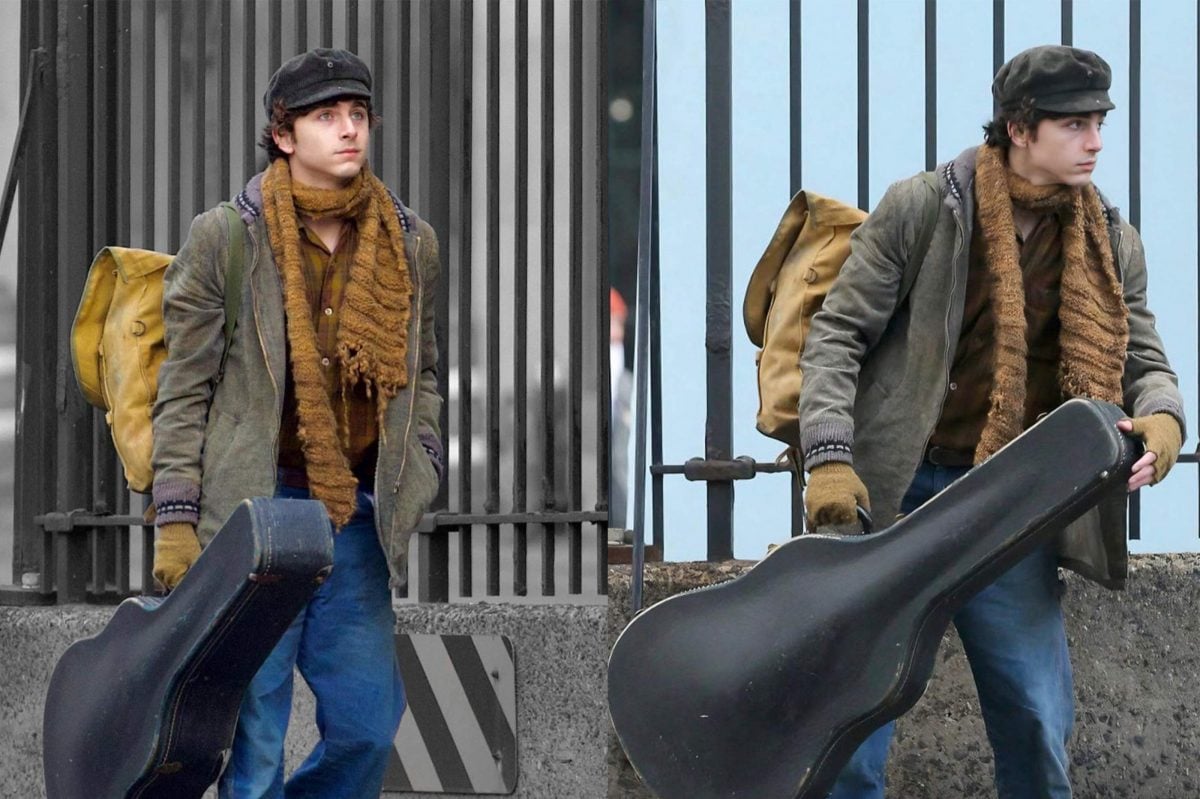
As Russia's war against Ukraine tips over into its third week, a new symbol has cropped up finding an audience among Russian forces, civilians, sympathisers, and officials. The symbol is a simple white letter 'Z' and it's been spotted all across social media. Here's what it means.
The origins of the letter 'Z'
As early as February 19, open source analysts and military experts began to spot white, hand-painted 'Z's across Russian tanks and military trucks as they amassed on the Ukrainian border ahead of Russia's invasion of Ukraine. The presence of this new symbol garnered attention mostly due to the fact that both Russia and Ukraine use the Cyrillic alphabet, where the letter 'Z' does not exist, leading to many theories surrounding its meaning.
One theory was that the letter was painted on Russian vehicles to avoid friendly fire. Another revolved around the premise that the 'Z' stood for Zapad, a Russian word that translates to 'west', which could connote myriad meanings. On Instagram the Russian Ministry of Defence has not spoken directly on the meaning of the letter 'Z', but continued its use with posts captioned "to victory" and "we finish wars", as reported by NPR.
As it stands it's still unclear if the Russian people have latched onto this symbol organically or if it is has been disseminated by the Kremlin on purpose. But what we know for certain is that in the two weeks since Russia launched a fully-fledged attack on Ukraine, the letter 'Z' has become a patriotic symbol for pro-war Russians — a visual to hang a war-mongering ideology off. It goes without saying too, that for President Putin to have justified Russia's invasion of Ukraine as some sort of mission to "denazify" the country — a country whose current President is a Jewish man who lost family in The Holocaust — then to stoke the rise of a symbol akin to the swastika, is incomprehensible.
How is the 'Z' being used?
As with all symbols, they are virtually innocuous enough until we embed them with meaning. While we have no hardline definition as to what the 'Z' means, the way it is being wielded is telling in itself.
Three days after Russia invaded Ukraine, the Kremlin-funded state network Russia Today announced on its social media channels that it would be selling 'Z' merchandise, like T-shirts and hoodies, to show support for Russian troops. Since then its presence has grown. The letter has been seen painted on Soviet-era apartment blocks and billboards in St. Petersburg. It's appeared in the form of stickers on cars, commercial vehicles and bus shelters. Officials across the country have even pledged to include the uppercase letter in the names of their region. As was the case for Sergei Tsivilev, the governor of the Kemerovo region of Kuzbass, who has updated the name to read 'KuZbass'.
Most ominously, terminally ill patients and staff at a children's hospice in Kazan could be seen forming the letter 'Z' in the snow, in a widely circulated aerial shot. On top of this, the insignia has found an international audience too. At a pro-Russia protest outside the Russian consulate in Woollahra, Sydney the 'Z' was drilled into a post and painted across cars. Meanwhile, at a gymnastic World Cup event in Doha on March 5, a Russian bronze medallist received his award sporting a masking tape 'Z' across his chest — the Ukrainian gold medallist, Illia Kovtun, stood next to him.
Someone also reportedly spray painted the symbol as a threat on the apartment door of Rita Flores, a prominent member of Pussy Riot. While the same was done to the home of film critic, Anton Dolin.
While we cannot predict what shape this new symbol will take with no end in sight for Russia's war on Ukraine, its presence is alarming and so, we'll be sure to inform you of any updates.
Looking for actionable ways to help the people of Ukraine? Take this guide.
Image: Twitter



